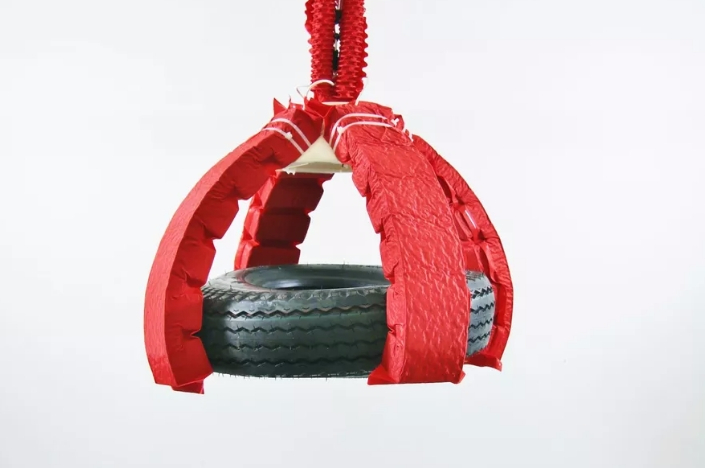Scientists from MIT CSAIL and Harvard’s Wyss Institute have made a development in soft robotics by pairing the flexible inventions with stiff origami skeletons, giving them powerful strength.
Soft robotics has been an interesting and promising field of study in recent years, but the materials generally used for them has left them lacking in strength, The Verge reports.
The researchers describe how they have crafted a new kind of soft artificial muscle that can be used in soft robots. The muscles are made up of aa sealed bag containing air of fluid, with an internal origami structure that folds and functions like a skeleton.
When the pressure in the bag is educed via an electric pump, the entire skeletal structure collapses and contracts, similar to how muscles in the arms and legs work. These artificial muscles are now stronger than human ones, able to lift an astounding 1,000 times their weight.
Daniela Rus, CSAIL director and lead author of the paper, said,
Soft robots have so much potential, but up until now, one of the limitations has been payloads. [They’re] very safe, very gentle, but not good for lifting heavy objects. This new approach allows us to make strong and soft robots.
This new development has multiple potential uses, particularly in warehouse and logistics operations, where the artificial muscles can handle breakable and delicate items safely. They are also very useful for picking up irregularly-sized objects, which has been such a challenge that Amazon holds a yearly contest in an attempt to solve the problem.
Soft robots can just reach out and grab an unusually-shaped item with a deformable gripper that can mold around the object, such as how human hands work. The origami skeleton would allow soft robots to handle heavier objects while still being able to pick them up easily.
There are some setbacks, however. The new muscles are not as easily controlled or reprogrammable as other robot types, and the direction they ca move in would be based on their inner structure. Rus said, “You compose distinct movement patterns inside the skeleton that define how the system as a whole moves.”
The researchers’ next step is to build a soft robot elephant trunk ““as flexible and powerful.”
The study was published in PNAS.
























